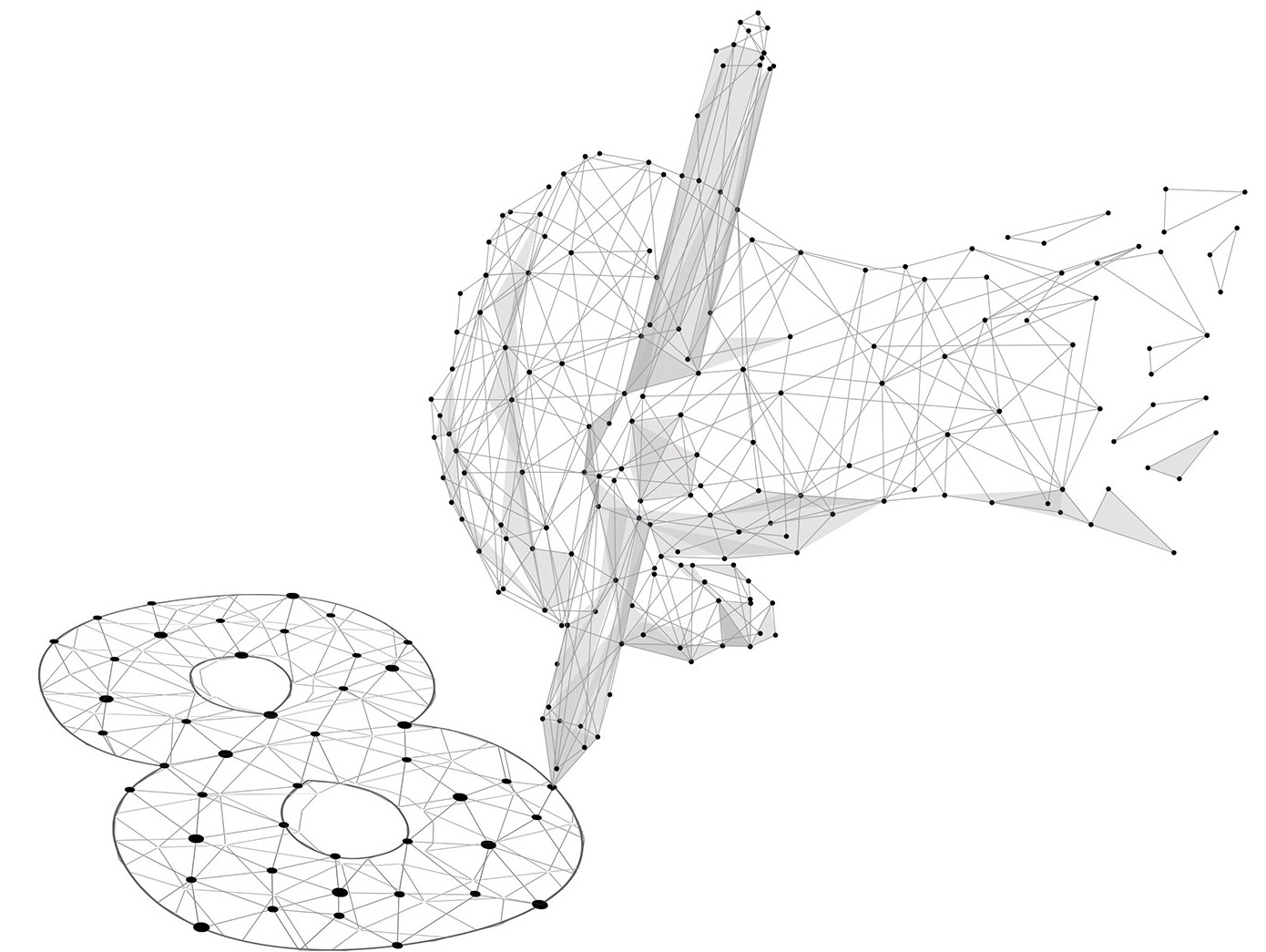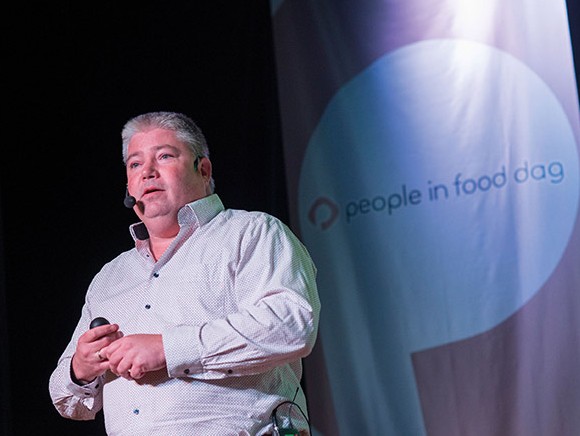
In November, the BRC released "Issue 8 of the Draft for Industry Consultation", a first look into the changes that will be implemented in the new BRC Food standard. The standard is expected to be ready in August 2018 and will be audited using this version at the beginning of 2019.
"Attention to the human being during production is becoming progressively more important"
In version 8, chapters 1 to 7 apply to all production businesses, just as in version 7. Chapter 8 is new and focused solely on production businesses with high-care, high-risk or ambient high-care products. In this chapter, all requirements regarding these spaces have been taken from chapters 1 to 7 in version 7. This clarifies exactly what is expected from businesses who process vulnerable products and therefore set up areas to provide better protection for these products. Chapter 9 addresses the purchase and sale of traded goods. Until now, the requirements for this chapter could be found in the voluntary module "Traded Goods". In the new version, this module has been incorporated into the standard, but remains voluntary in its application. Aldo Rus, Business Unit Manager of the KTBA (a quality assurance organisation) Foodcampus and Approved Training Partner (ATP) of the BRC, explains some of the more striking topics from the current version of the standard.
Aldo: "The draft version of BRC Food 8 is keeping up with the times with regard to enforcing and improving food safety culture. The first chapter includes rules requiring businesses to develop a strategy for it, to draw up an action plan with activities that are focused on it, and to create a schedule for implementing and evaluating these activities. It is also recommended to set up a whistleblower's system, during which information from this process will be communicated to senior management."
“Continuous improvement and root cause analysis are the common thread in the new standard. Not just for food safety culture, but also for recalls, resource hazards, products excluded from specification and not achieving objectives," says Aldo. Root cause analysis is defined as seeking the root cause of a situation or product that deviates from the norm. By resolving an issue at the source, the irregular situation or defect in the product is prevented from occurring again. "Improving and continuing to develop staff knowledge is also strongly stressed." For example, it is required that an HACCP team leader is trained. An HACCP team leader directs an HACCP team and therefore, has a defining role in creating and maintaining the food safety system. The production staff must also be aware of the measures that must be taken in situations such as glass breaking. The standard also states that specific inspections can only be conducted by a competent party. This yields more confidence that enforcement of the management measures which guarantee food safety and quality will be properly executed and the results will be interpreted correctly."
When accepting a low-risk supplier through the use of a supplier survey, the reason for determining a supplier to be low risk must be well founded from now on. For merchants, a different GFSI certificate is now permitted for acceptance in addition to BRC Agents and Brokers. "Packaging materials" has been added in the case of supplier acceptance for resources. In the event of outsourcing, a GFSI certificate is required: an on-site audit is insufficient on its own. The requirements for CIP have been fortified. Time/concentration/water pressure/temperature are all considered to be critical boundary traits. The instructions regarding investigation of the environment have been redrafted and reinforced. A protocol for taking samples will be expected in spaces where open products are present, which will clearly indicate how often samples are taken and for which micro-organisms they will be tested, and standards for these are to be established.

Aldo's conclusion is that BRC version 8 focuses on limiting risks by requiring competent parties and demanding more clarity for outsourced processes. "The requirement with regard to senior management for the improvement of food safety culture and setting up a whistleblower's system shows that attention to the human being is becoming progressively more important during the production of foodstuffs." He firmly stresses that this is just a draft: "Historically, significant changes between the draft and the final version are definitely possible. Sometimes, changes are still modified or even entirely withdrawn."
Image: Aldo Rus
Source: © KTBA